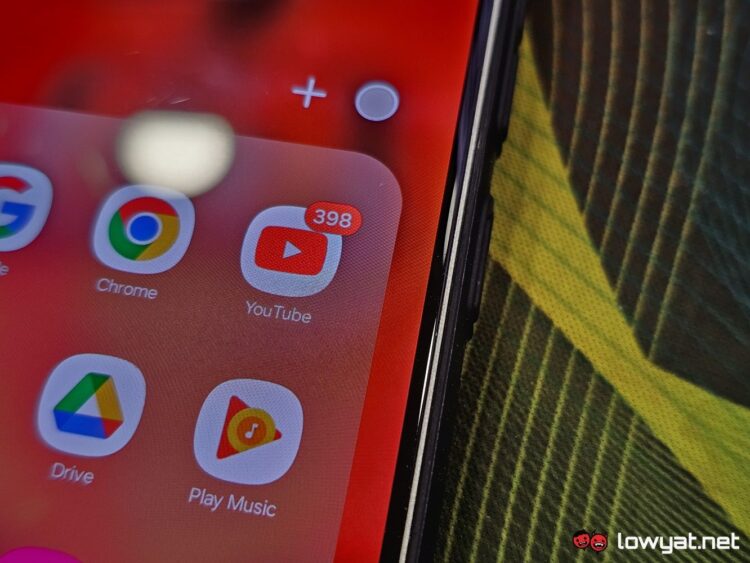YouTube has announced that it is introducing new generative AI features to Shorts, namely a tool for transforming a still image into a video. Aside from the new photo-to-video capabilities, users can also access a selection of special effects and an “AI playground”. These additions are powered by Google’s Veo 2 model, but YouTube fully intends to integrate the current Veo 3 model into the tools in the coming months.
To use the photo-to-video tool, the user must first tap the create button in the YouTube mobile app and access the media picker by tapping the “Add” option on the bottom left. After selecting the desired image, the user must then choose “Photo to video” from the provided suggestions. The next step is to select “Create video” and choose the video settings before uploading the result.
Meanwhile, the generative effects feature is accessed through the effects icon in the Shorts camera. From there, the user must select the “AI” option to find the available generative effects. After selecting the desired effects, the user must tap the record button. Depending on the chosen effect, the next step is to either take a selfie or draw an image. The user can review and edit the result before uploading it to YouTube.
On the other hand, AI playground is a hub that houses the latest generative AI tools, as well as a gallery of examples for inspiration. The hub also includes pre-filled prompts designed to assist the user in generating content. Users can find AI playground by tapping the create button and then the sparkle icon located in the top right corner.

YouTube also notes that the content created with the new tools comes with SynthID watermarks and clear labels indicating that it is generated with AI. Currently, these features are free for users in the US, Canada, Australia, and New Zealand. The company plans to expand the tools to more regions later this year, but did not mention any specific timeline.
The introduction of these tools to YouTube Shorts is hardly a surprise, given that Google had recently brought the same photo-to-video capabilities to Gemini, and is also doing the same with its Photos app. It seems we’ll probably be seeing a whole lot more AI-generated content on YouTube and other online spaces as these tools become more widely available.
(Source: YouTube [1], [2])


